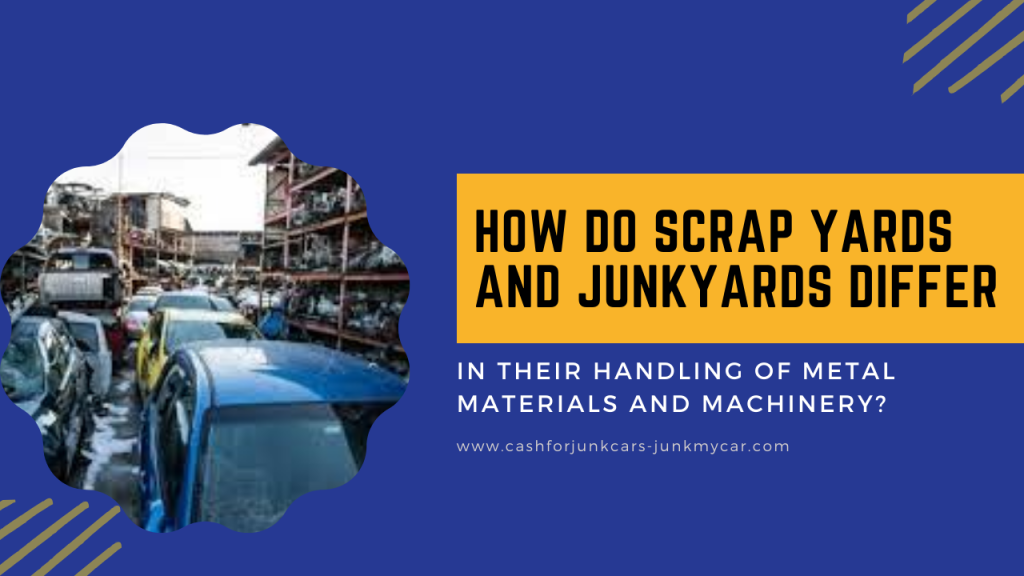In the bustling city of Chicago, where industrial activities thrive, understanding the disparities between scrap yards and junkyards is crucial. Both serve as pivotal components of the recycling ecosystem, yet they diverge significantly in their operations, financial dealings, and categorizations.
Financial Transactions:
Scrap yards in Chicago primarily deal with buying, processing, and selling scrap metal in various forms. They assess the value of metal based on factors like type, quantity, and current market demand. Prices fluctuate according to market conditions, with scrap yards often offering competitive rates to attract sellers.
On the other hand, junkyards in Chicago focus on salvaging usable parts from vehicles and machinery for resale or recycling. While they may purchase scrap metal, their primary revenue comes from selling refurbished components or entire vehicles. Transactions in junkyards involve assessing the condition and functionality of parts, which influences pricing.
Operational Procedures:
Scrap yards operate with a streamlined process geared towards efficient metal recycling. Upon arrival, sellers deliver their metal materials, which undergo sorting, processing, and compacting before being sold to manufacturers or smelters. Advanced machinery and technologies are often employed to enhance productivity and ensure compliance with environmental regulations.
Junkyards, however, follow a more intricate process due to the diverse nature of items they handle. Vehicles, machinery, and appliances are inspected for salvageable components, which are then extracted, cleaned, and stored for resale. This process demands skilled labor and comprehensive inventory management systems to catalog parts effectively.
Categorizations and Definitions:
In Chicago’s scrap yards, metal materials are categorized based on type (e.g., ferrous or non-ferrous), grade, and purity. Clear definitions and standards govern these classifications, ensuring transparency and consistency in transactions. Common metals handled include steel, aluminum, copper, and brass, each with its distinct pricing structure.
Conversely, junkyards classify items based on their potential for reuse, resale, or recycling. Vehicles are often categorized by make, model, and condition, with parts cataloged accordingly. While some components may be considered scrap, others hold value for automotive enthusiasts, restoration projects, or industrial applications.
Conclusion:
In essence, the disparity between scrap yards and junkyards in Chicago lies not only in their financial transactions and operational procedures but also in their fundamental definitions and categorizations of materials. Understanding these distinctions is paramount for individuals engaged in metal recycling, automotive restoration, or industrial procurement within the vibrant landscape of Chicago’s recycling industry.
